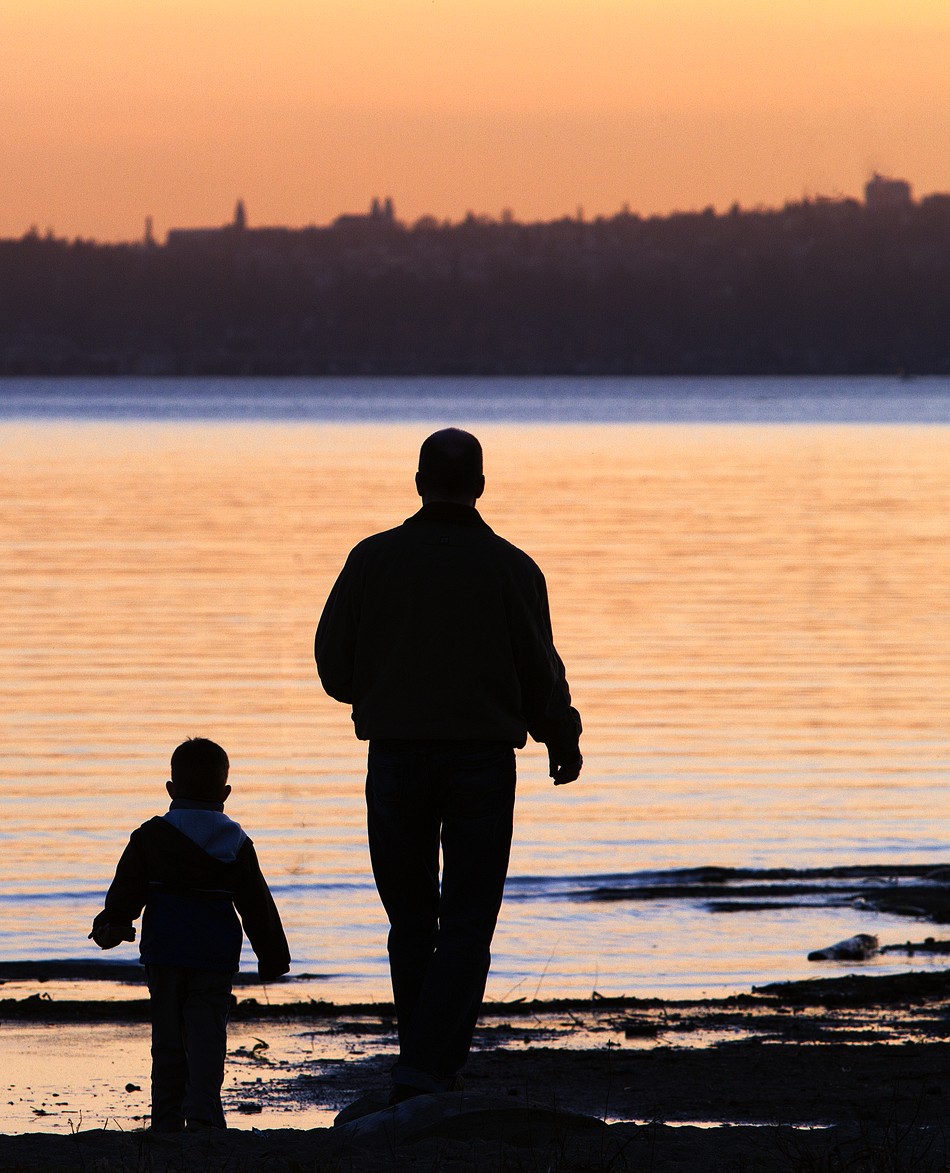Chapter 6: Shooting in Live View Mode
With Live View shooting you view, compose, and focus using a real-time view of the scene that’s displayed on the 60D’s 3-inch LCD monitor. If your shooting position makes it difficult to use the viewfinder to shoot, you can swivel and turn the articulated LCD to compose and make the image.
Live View offers a view you can magnify up to 10X to ensure tack-sharp automatic or manual focus; or you can use Live View’s Face-detection focusing option. Live View also offers two Silent modes to reduce shutter noise. While Live View shooting is not the best choice for all shooting scenes, it is a good choice in controlled and close-up shooting scenarios, such as macro and still-life shooting, as well as in scenes where you cannot get the shot by looking through the viewfinder. Whatever your needs may be, you want to include Live View in your arsenal of shooting options.

Whether you use Live View shooting for close-up images or for outdoor shooting, the ability to zoom in and ensure tack-sharp focus is one of the major benefits. Exposure: ISO 200, f/8, 1/250 second.
Live View Shooting Pros and Cons
If you’ve shot using a point-and-shoot digital camera, then you’re familiar with using the camera LCD to compose images. This method is now included on many digital SLRs. On a dSLR, Live View requires the camera to hold the shutter open to give you a real-time ...

